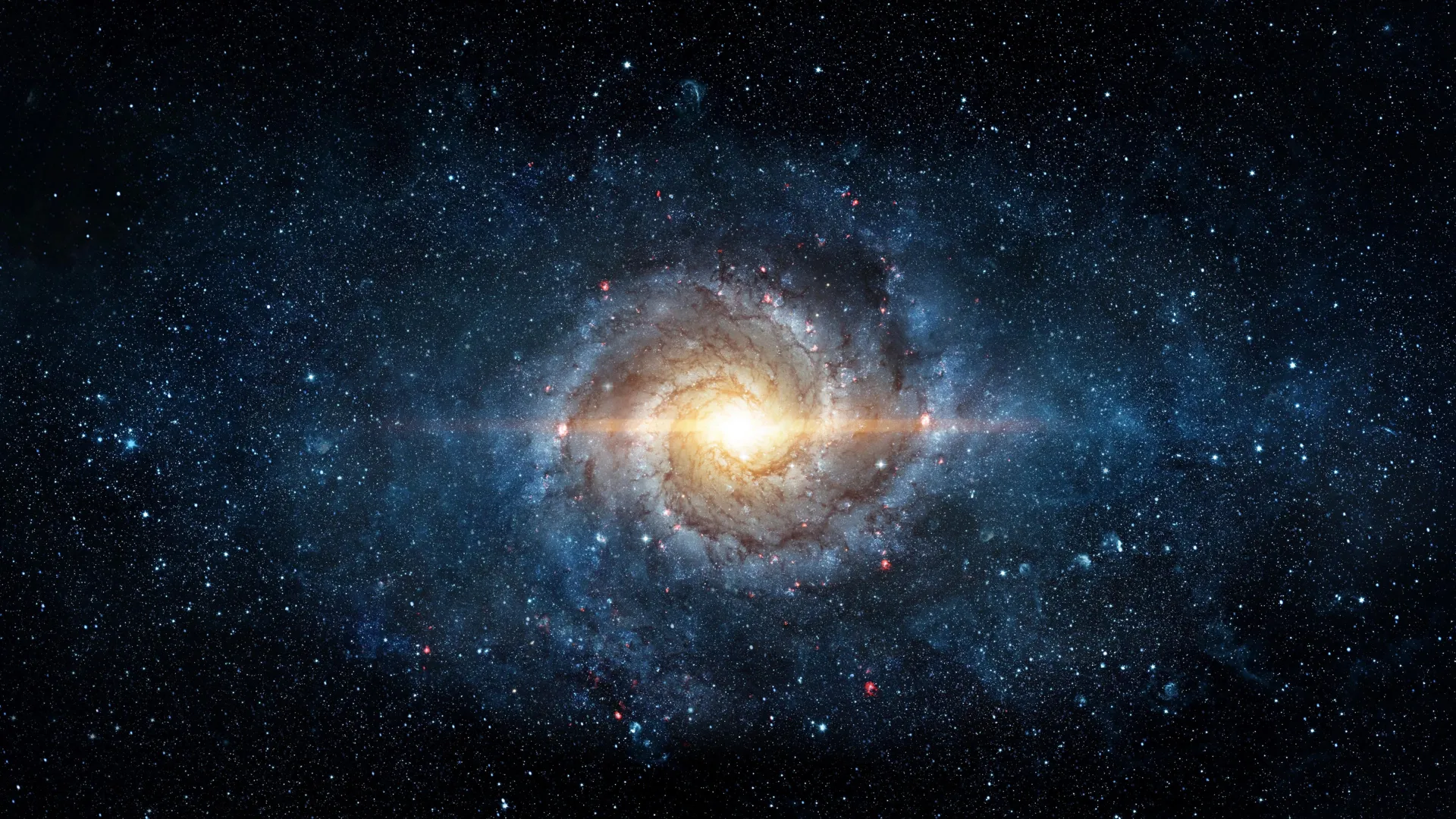Science
AI Simulation Breakthrough Models 100 Billion Stars in Milky Way

Researchers have achieved a significant milestone in astrophysics by creating the first simulation of the Milky Way capable of tracking over 100 billion stars individually. This groundbreaking work, led by Keiya Hirashima at the RIKEN Center for Interdisciplinary Theoretical and Mathematical Sciences in Japan, combines artificial intelligence (AI) with advanced numerical simulation techniques to model the galaxy’s evolution over 10,000 years.
The development was presented at the SC ’25 international supercomputing conference, marking a substantial advancement in high-performance computing and AI-assisted modeling. The simulation generated data more than 100 times faster than existing methods and includes 100 times more stars than previous sophisticated simulations. This achievement opens new avenues for understanding galactic evolution and star formation.
Overcoming Computational Challenges
Astrophysicists have long sought to create detailed models of the Milky Way that track each star’s individual trajectory. Such models are crucial for comparing theoretical predictions of galactic structure and evolution against observational data. However, the complexity of accurately simulating gravity, fluid dynamics, and the lifecycle of stars presents substantial computational challenges.
Previously, cutting-edge simulations could only model systems equivalent to about one billion suns, significantly underrepresenting the scale of the Milky Way, which contains far more than 100 billion stars. In existing models, each computational particle often represents a group of stars, which obscures the unique behaviors of individual celestial bodies.
To address these issues, the research team designed a novel method that integrates a deep learning surrogate model with standard physical simulations. The AI was trained on high-resolution supernova simulations, enabling it to predict how gas disperses after a supernova explosion without additional demands on the main simulation’s resources. This innovation allows researchers to capture intricate details of individual supernovae while modeling broader galactic behaviors.
Speed and Implications for Future Research
The new simulation method yielded remarkable results. For instance, simulating 1 million years of galactic evolution now takes just 2.78 hours, a drastic reduction from the previously estimated 36 years required for modeling 1 billion years using traditional methods. This efficiency could revolutionize not only astrophysics but also various fields that require complex, multi-scale simulations.
Applications extend beyond astronomy; this hybrid AI approach holds potential for enhancing studies in climate science, oceanography, and meteorology. These disciplines face similar challenges in linking small-scale physical processes with large-scale phenomena. Hirashima emphasized the transformative potential of using AI in high-performance computing, stating, “This achievement also shows that AI-accelerated simulations can move beyond pattern recognition to become a genuine tool for scientific discovery.”
The research illustrates a significant leap forward in our capacity to model complex systems and could help clarify the fundamental processes that led to the formation of elements essential for life in our galaxy.
As the field of computational science continues to evolve, the integration of AI with traditional modeling techniques could unleash a new era of discovery across various scientific disciplines.
-

 Lifestyle4 months ago
Lifestyle4 months agoLibraries Challenge Rising E-Book Costs Amid Growing Demand
-

 Sports4 months ago
Sports4 months agoTyreek Hill Responds to Tua Tagovailoa’s Comments on Team Dynamics
-

 Sports4 months ago
Sports4 months agoLiverpool Secures Agreement to Sign Young Striker Will Wright
-

 Lifestyle4 months ago
Lifestyle4 months agoSave Your Split Tomatoes: Expert Tips for Gardeners
-

 Lifestyle4 months ago
Lifestyle4 months agoPrincess Beatrice’s Daughter Athena Joins Siblings at London Parade
-

 World4 months ago
World4 months agoWinter Storms Lash New South Wales with Snow, Flood Risks
-

 Science4 months ago
Science4 months agoTrump Administration Moves to Repeal Key Climate Regulation
-

 Science3 months ago
Science3 months agoSan Francisco Hosts Unique Contest to Identify “Performative Males”
-

 Business4 months ago
Business4 months agoSoFi Technologies Shares Slip 2% Following Insider Stock Sale
-

 Science4 months ago
Science4 months agoNew Tool Reveals Link Between Horse Coat Condition and Parasites
-

 Sports4 months ago
Sports4 months agoElon Musk Sculpture Travels From Utah to Yosemite National Park
-

 Science4 months ago
Science4 months agoNew Study Confirms Humans Transported Stonehenge Bluestones








